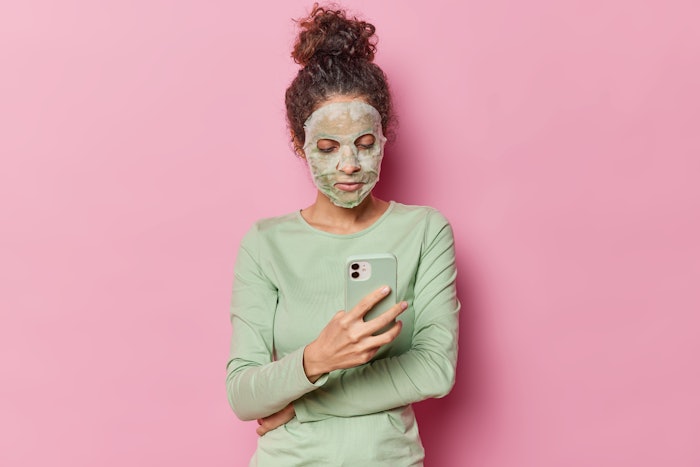
For consumers, beauty is personal and so is their data.
But much of the data that brands have relied on for years is going away or getting weaker with increasing data privacy regulation, Apple IDFA tracking changes and the impending cookie deprecation by Google.
While this makes it more challenging for marketers, these changes put the control in the hands of the consumers. And while others will argue this is bad news for the industry, it’s my opinion that the industry is being forced to right the wrongs they created.
So, why is this good news for beauty brands?
Almost everyone agrees that the answer to these challenges is first-party data—and that brands need to form direct relationships with their consumers to survive the cookiepocolypse.
One of the fastest and most accurate ways to do this is through “conversational commerce,” or “gamification.” This isn’t gamification for gamification’s sake; these are strategic interactive engagements that provide value to consumers and capture first-party data.
Deep dive: Beauty Consumers & Brands Reveal Top Concerns & Questions
Beauty brands have a competitive advantage in this strategy because beauty is personal and consumers are always looking for recommendations based on their specific needs:
- Which skin care regime is right for you?
- Which new fall color should be your go-to?
- What hair care product is best for your hair type?
Inspiration and discovery is at the heart of beauty. A quiz that lets the user answer a few questions to get a personalized recommendation is not only something beauty consumers want to engage with, they love to engage and seek these experiences out.
These engagements can also be used across the beauty journey, from upper funnel awareness and lead capture to conversion and loyalty. They not only drive immediate metrics and lifetime value but also capture critical zero-party data about the consumers’ preferences, interests and needs.
Wait, didn’t I say first-party data? What the heck is zero-party data?
Zero-party data is a term Forrester coined several years back. It’s a form of first-party data that is willingly and directly given to a brand from a consumer. The core difference is that, unlike transactional and behavioral data, which are inferred sources, zero-party data is explicit and therefore more accurate than almost all other data sources.
- What is your skin type, skin tone, skin sensitivity?
- How much makeup do you like to wear?
- How many products do you want in a skin routine?
- What is your hair type?
These questions and many more provide critical data for a brand to provide relevant, personalized product recommendations and communications that help build trust and loyalty between the consumer and the brand.
Brands that know their customer better than their competition will win. Which is why beauty brands that embark on a conversational commerce (or, as I like to call it, “mecommerce”) strategy can create the strongest competitive advantage. Beauty brands following this strategy have the highest engagement rates, lead capture rates and conversions than any other industry.
These experiences are proven to drive results across any channel and for any marketing objective. Whether it’s trivia about the benefits of an ingredient, a product or personality quiz to drive sales or an interactive lookbook to showcase colors, the ideas for beauty marketers are truly only limited to the imagination.
At a minimum, you have to admit it beats pushing “buy now” or “shop now” buttons, right?










